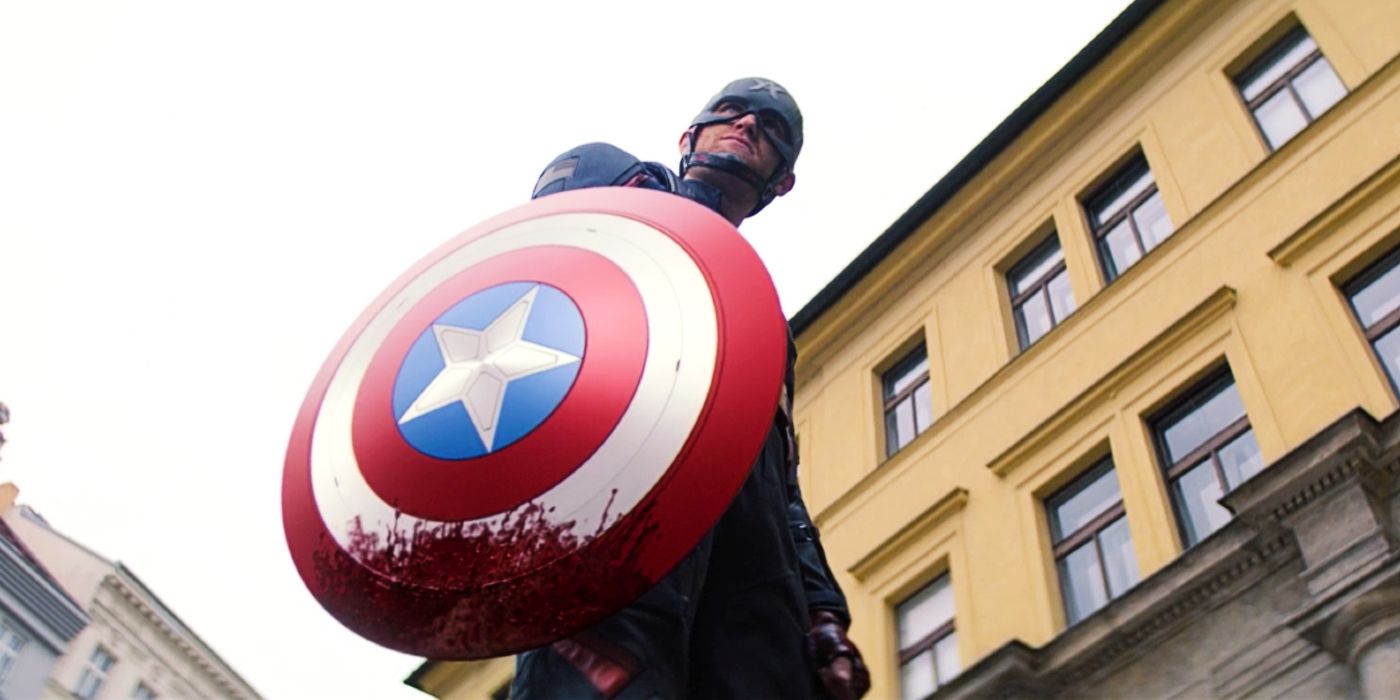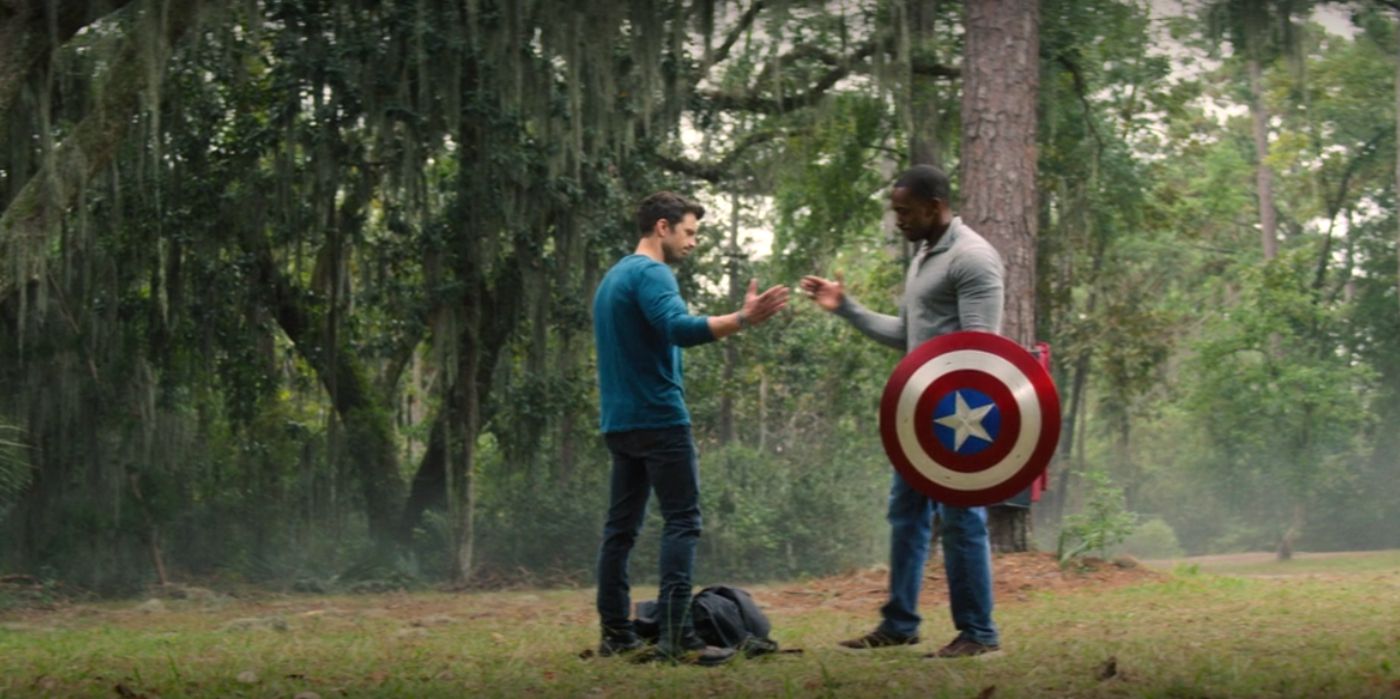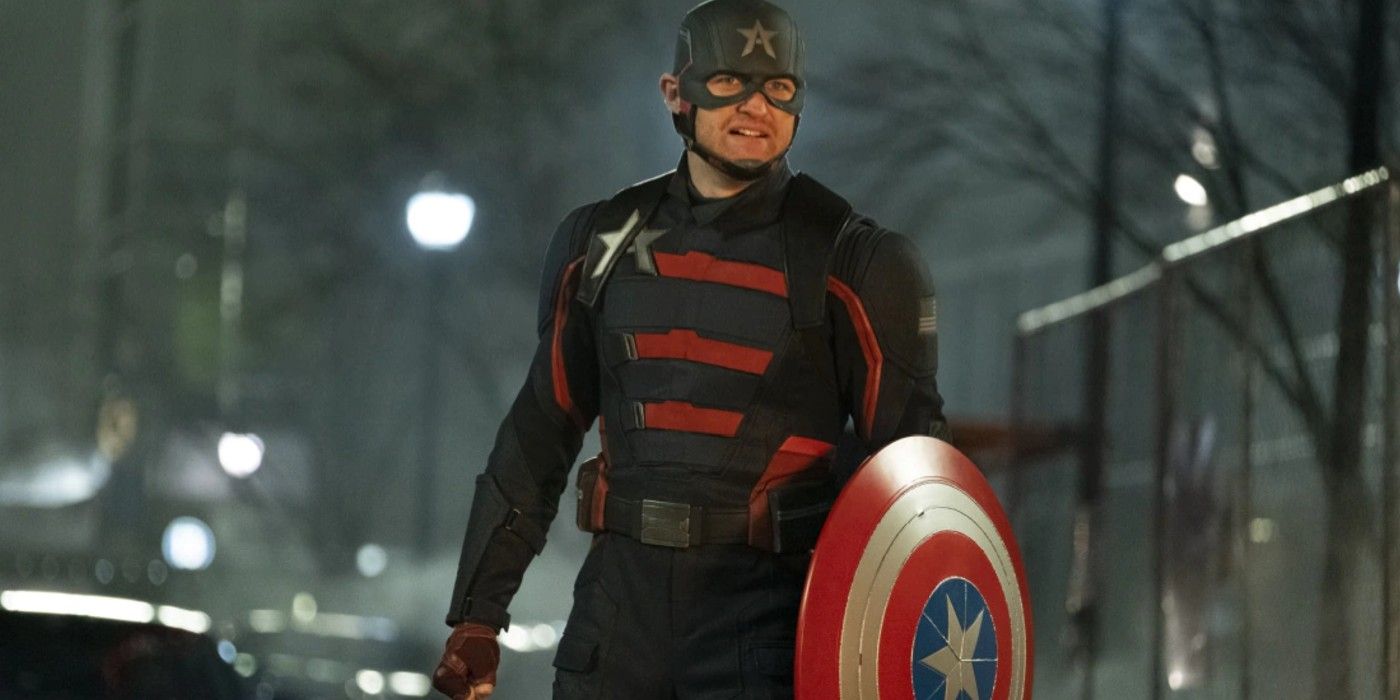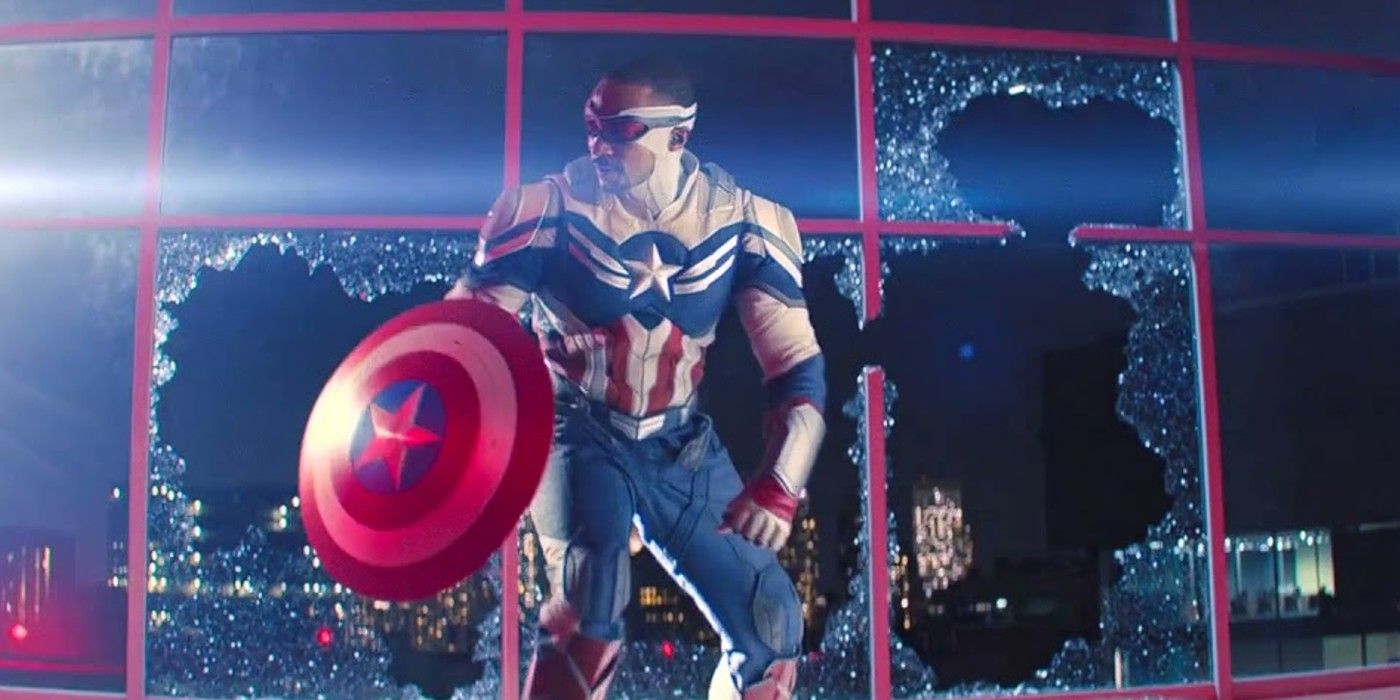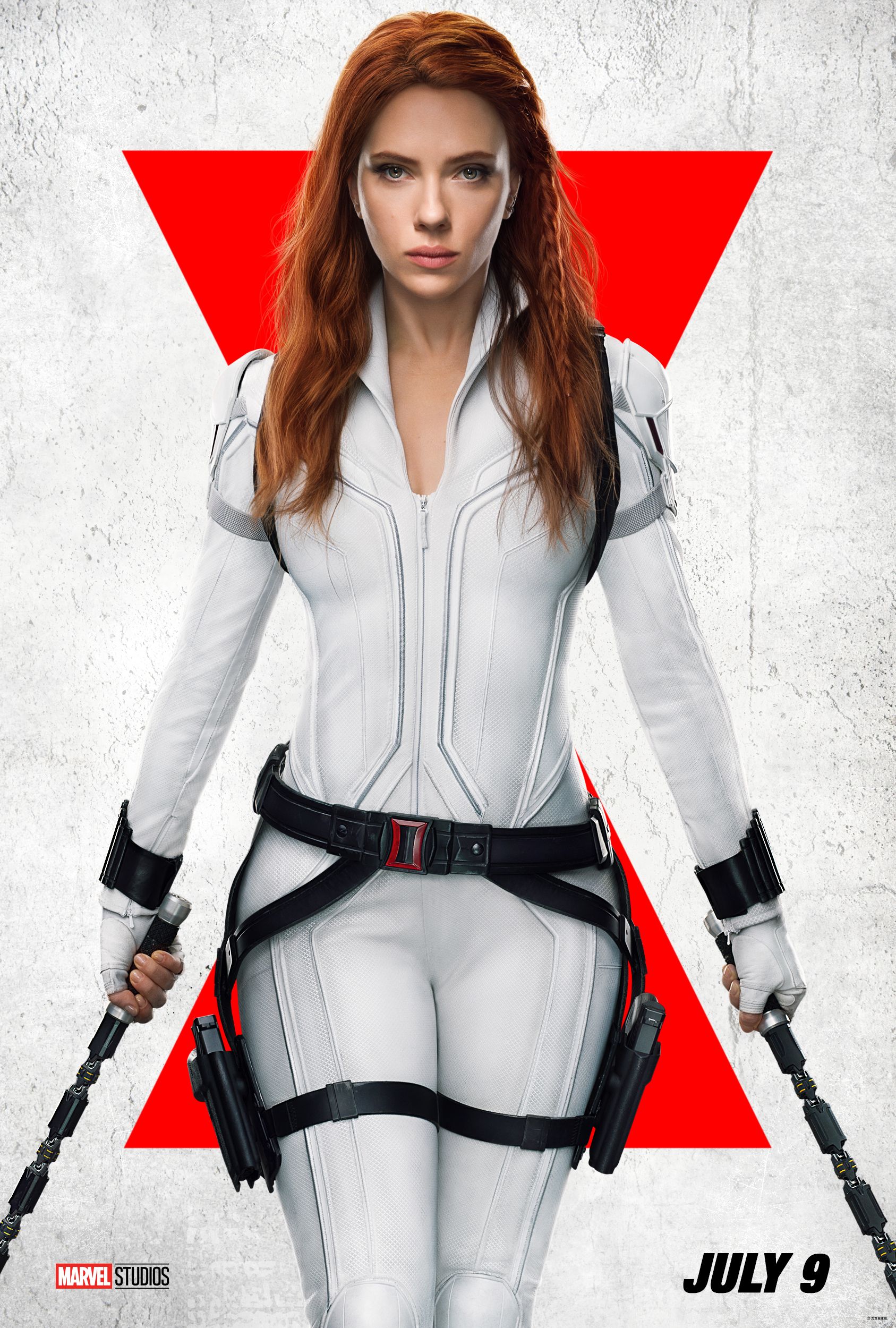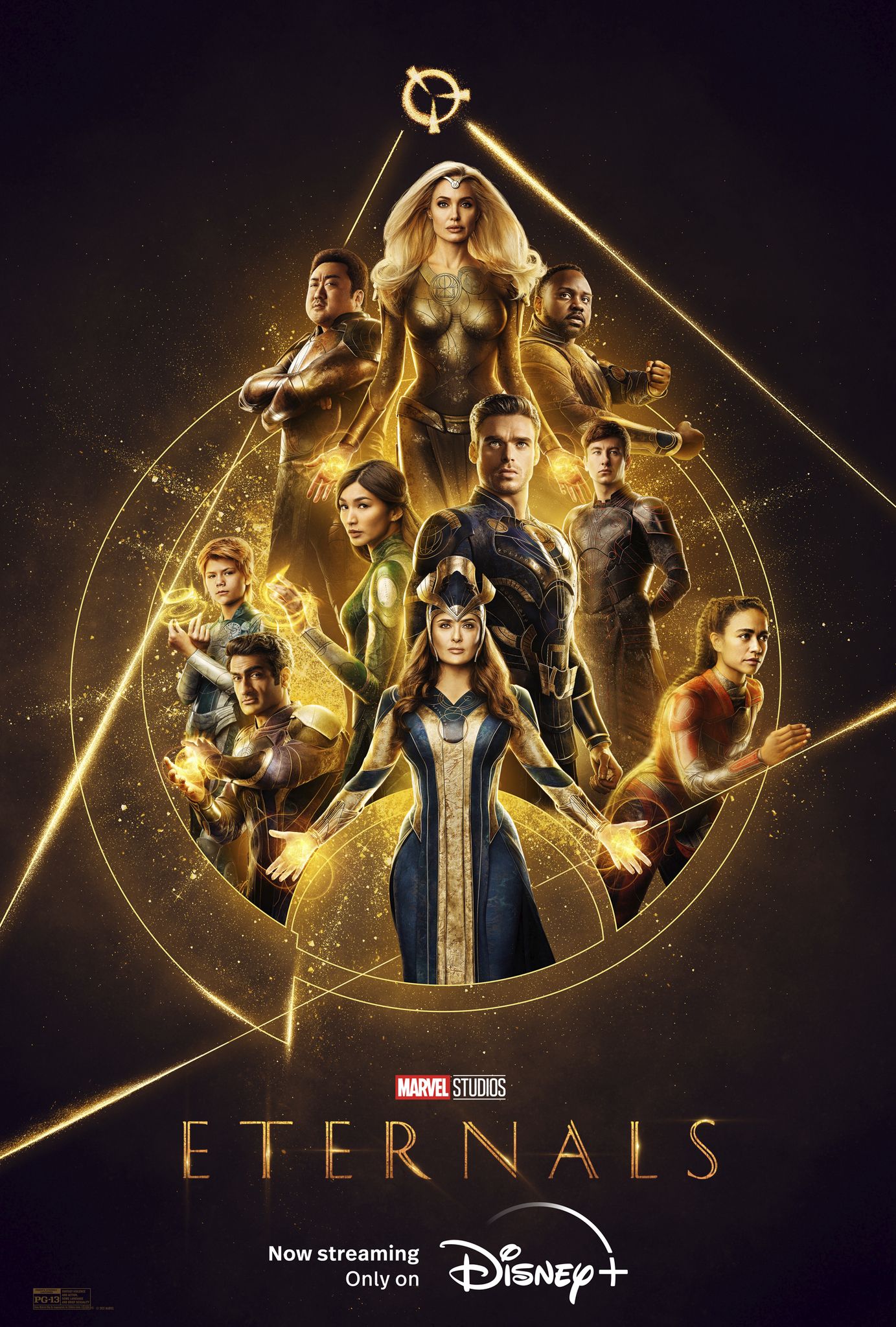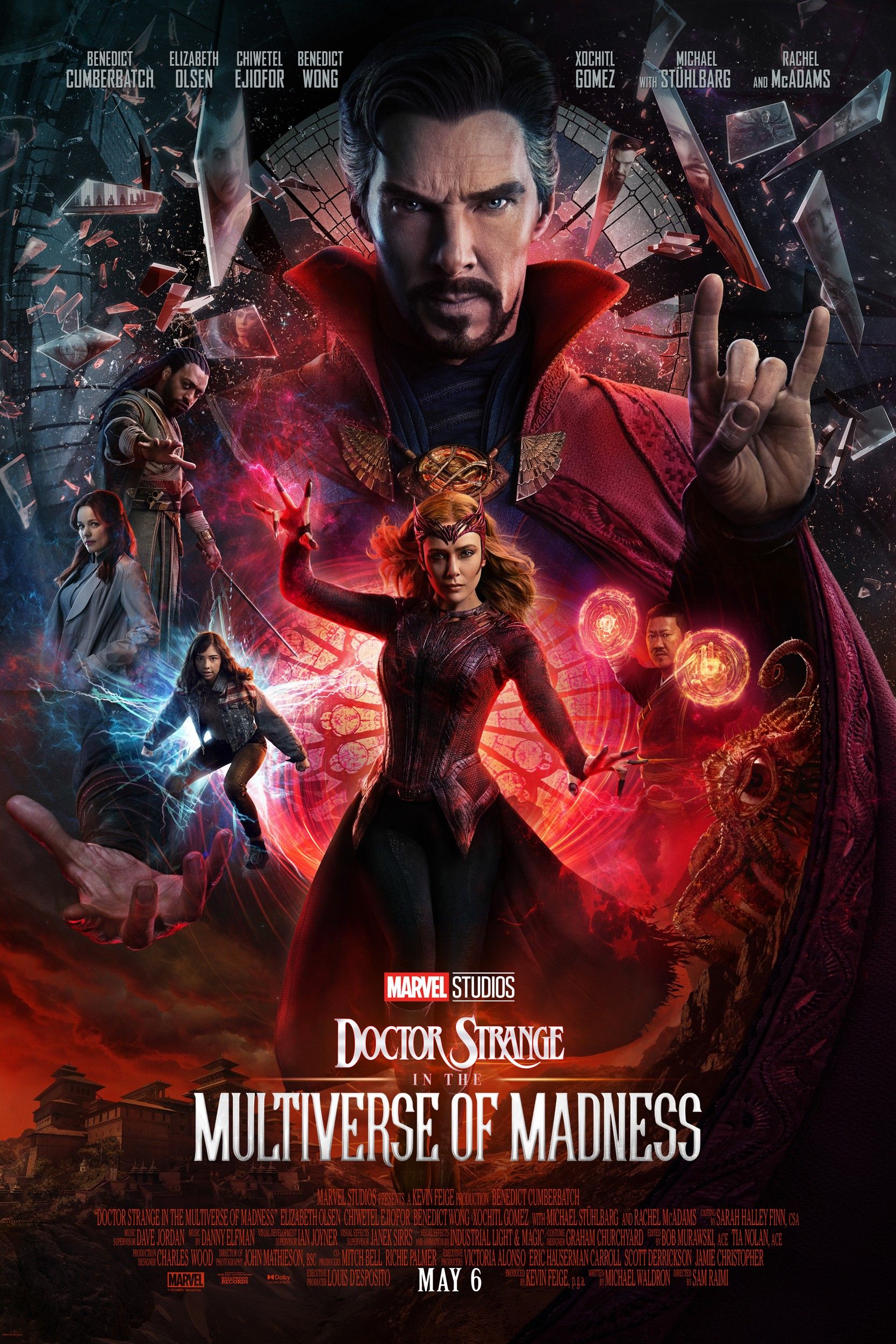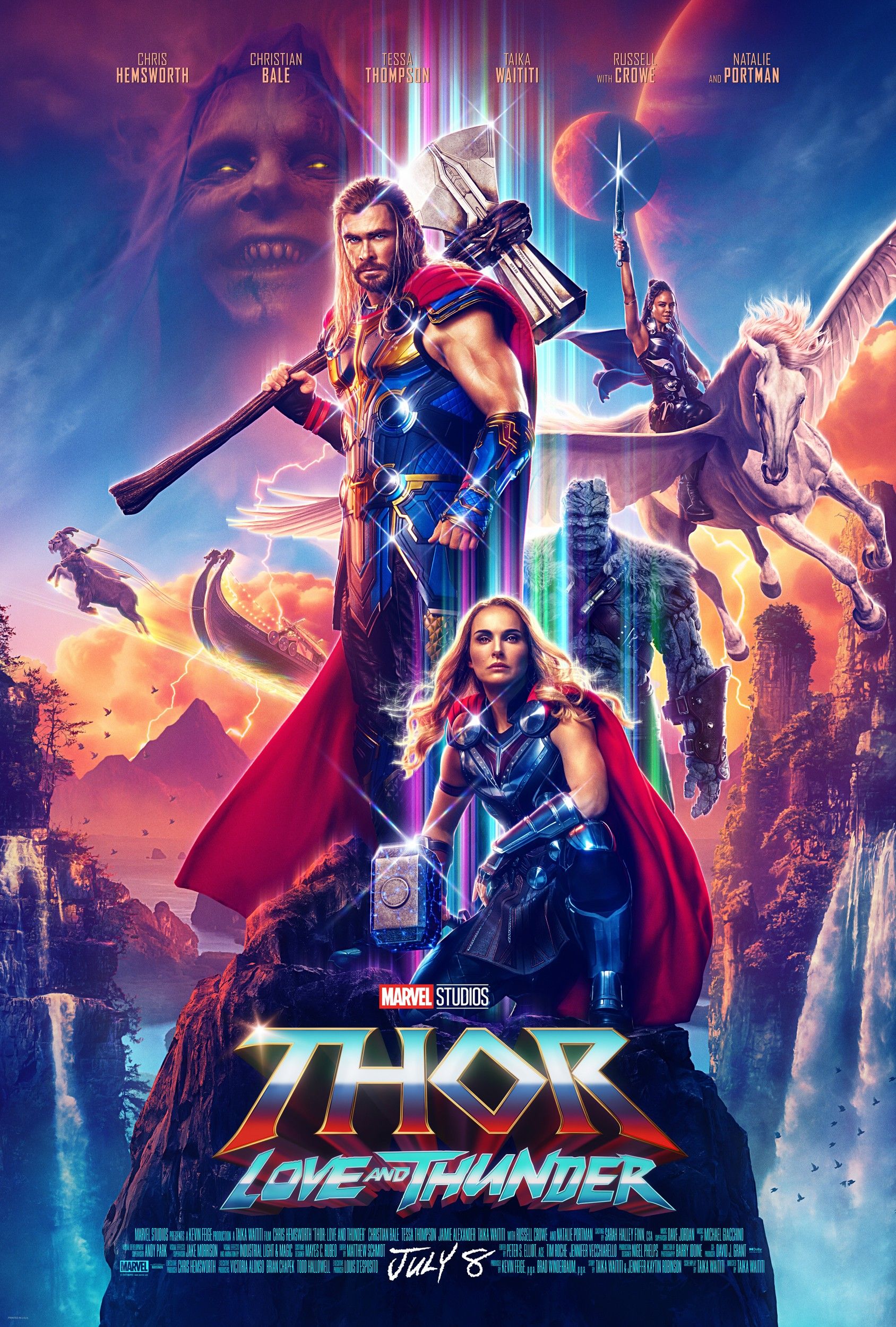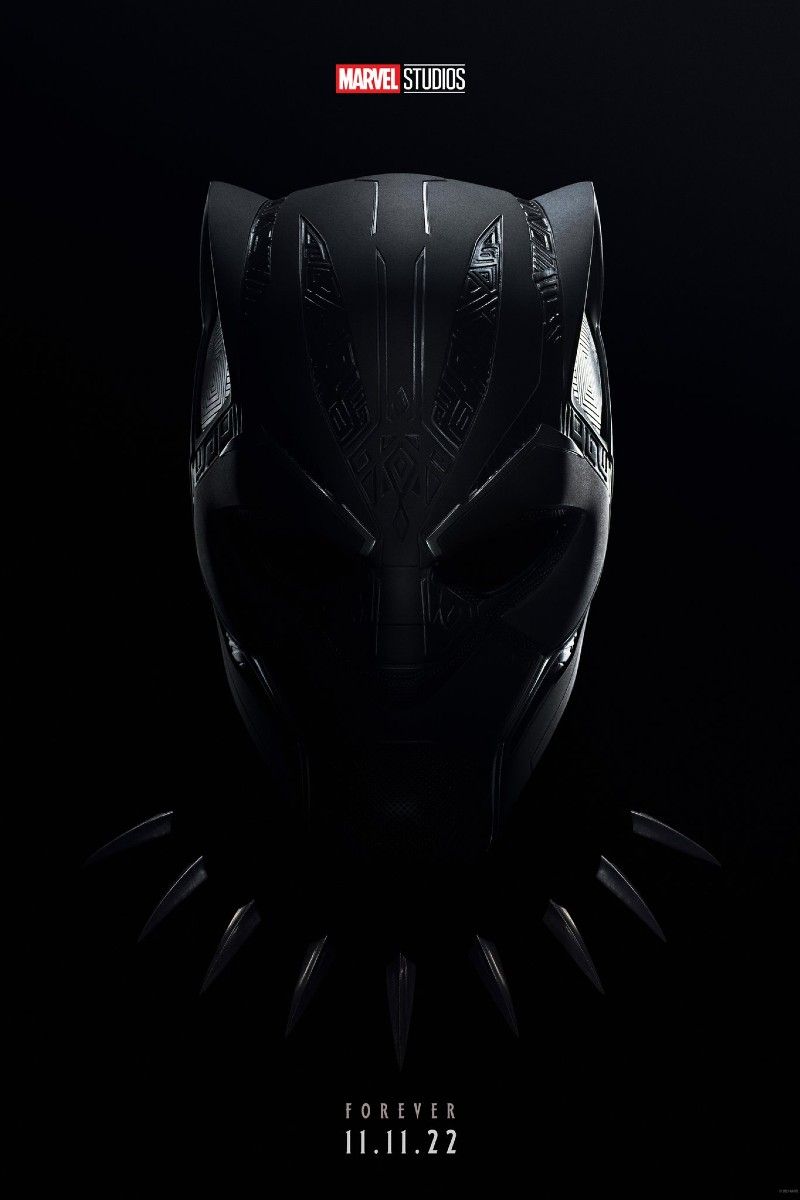With The Falcon and The Winter Soldier, which just finished its run on Disney+, Marvel creators were once more tasked with scaling the MCU down for an online miniseries without losing the cinematic bombast of the story. Thankfully, Sam Wilson’s transition to Captain America had the guiding hand of cinematographer P.J. Dillon, who has previously worked on other majestic series such as Game of Thrones.
Dillon spoke to Screen Rant about what makes a good image, and the organic process that led to certain choices for shooting Sam, Bucky, John Walker and more.
TV and film operate slightly differently. Going into The Falcon and The Winter Soldier, we mostly know the MCU on the big screen. Did you know what your biggest challenge and biggest task was going to be?
P.J. Dillon: I think the biggest task was we were making a TV show but trying to emulate the movies that have come before, in terms of production values, in terms of scale, in terms of stunts, and all of those things. We were trying to do it in less time and with a smaller budget.
So, it was a challenge, but one that we were very conscious of and that we embraced. When I say we, I mean the entire production. It was a great experience.
With these big Marvel projects, we know that a lot of previs is involved. How do you feel about what was actually shot versus the previs for the show?
P.J. Dillon: The previs is of such a high quality. The VFX guys we worked with, the Marvel VFX people, their stuff is just mind-bogglingly good.
Oftentimes on shows, you get a previs and you're like, "I'm not sure about this." But on this show, everything that came before, you'd look at it and you'd go, "Wow, is this what we're gonna do? Really?" In the best possible way. It's like, "Yeah, sure, count me in." Those guys are so talented. It was a really good experience.
The majority of the show seems to have a blue tint to the color scheme. What was the intention behind that?
P.J. Dillon: There wasn't anything conscious there. I think that, in a lot of ways, the shield and what the shield looks like and should look like defines the color palette and the level of saturation and all of those things in that world. I don't know that we ever had a very conscious decision to go to a blue look. It's not a conscious thing. I think these things are kind of self-fulfilling, in some ways.
The color scheme really sticks out when Bucky is holding the shield over an injured Sam Wilson; a golden light kind of beams on Bucky, reminiscent of the golden sepia tones we see from the 1940s in The First Avenger. Can you talk to me about that particular shot?
P.J. Dillon: With that particular shops, we were shooting in the location in Atlanta. We were aware that at a certain time of the day, late in the day, there was a chance that we would get sunlight streaming in from that side of the building. But on the particular day we shot that, it was just a very hard, warm sun that came through, so we just really took advantage of it. We were shooting other stuff, and we were like, "Okay, drop all that because we've got to go and choose this particular part of that sequence in that light."
And we did it really quickly. So, rather than being a conscious decision of trying to have a golden light come in, we responded to what we were seeing and went with it.
It's clear that you did your homework for the MCU. What other visual cues did you include that many might overlook on their first viewing?
P.J. Dillon: Specifically for Captain American and Avengers stuff, most of those films are widescreen and anamorphic. So we decided that we would shoot widescreen anamorphic to continue that visual legacy. That's a big choice to make, so we made that very early and said, "We're going to continue that tradition."
Even though we're going on TV, which usually is 6:9 or whatever, we said that we'd go widescreen anamorphic.
From the very first action shots, the series is truly cinematic. How do you approach translating the MCU feel from the big screen to the small screen?
P.J. Dillon: I don't really make a distinction. For me, a good image is a good image. And it doesn't matter if you're looking at it on an iPhone or on a huge screen. A good image is a good image.
In anything I do, I never make a distinction. I just try to respond to what's happening in front of me, and try to encapsulate that and find a frame that works for that.
How does your experience on cinematic TV projects like Game of Thrones help give you a head start on a project like The Falcon and The Winter Soldier?
P.J. Dillon: It's usually beneficial to have had the experience of working on shows like that. I learned a huge amount working on that show from the other DPs and from directors.
While it has probably no direct correlation, in terms of choices made on Falcon and Winter Soldier, certainly there's a process and there's a method of working. There's a body of experience you carry with you from having been part of a show like that, that I think informs all the work.
Almost every character here has a shade of gray to them. What visual techniques did you use to help keep the audience off balance about particular characters?
P.J. Dillon: I'm not sure. I guess with Bucky, especially at the beginning, he's so empty emotionally. In terms of our choices with him, we tried to shoot him in a way that felt very cold and austere. And we tried to reflect the loneliness or the emptiness he's feeling.
Whereas with Sam and the stuff in Louisiana, we wanted that to feel very warm and inviting, and just more attractive.
One of the most iconic shots has been John Walker holding that shield with the blood on the bottom of it. It's a beautiful shot and something you don't expect with Captain America. Which characters were some of your favorites to shoot, and what are some of your favorite shots?
P.J. Dillon: Definitely, John Walker is a fantastic character to shoot. So is Zemo, he's just so entertaining. But obviously Sam and Bucky are brilliant; Emily is fantastic. They're all great characters, really, but Zemo may be a particular favorite of mine. I just find that character incredibly entertaining.
And actually Isaiah Bradley. That's a fantastic character as well, and I'm actually really privileged to get to shoot those scenes. That character is really iconic for me.
What other MCU characters would you like the challenge of shooting in the future?
P.J. Dillon: Any of them. Marvel are great people to work for - I've said this a couple of times today. Creatively, it's a very inviting [space]. They're really generous creatively; you come into an established universe, and they give you complete freedom to interpret it as you wish. There's no rules. There's no, "You can't do this. You can't do that." So, I'd be happy to work in anything that they do.
How challenging was it to shoot the finale action sequences versus the rest of the show?
P.J. Dillon: I didn't actually shoot the finale due to COVID, because of the shutdown in March. When it restarted, for global pandemic reasons, I was in Europe and wasn't able to come back to do it. Unfortunately, I can't speak to that.
I know what the challenges were because at one stage I was going to shoot it, but I didn't actually get to do it, to my great regret.
The show utilizes lighting in such an effective way, especially with how Isaiah and Sam are portrayed in his home. It seems very honest, but it seems like that visual shock gets sadder and sadder and a little bit darker and darker. Are there any standout moments for you personally in that Isaiah Bradley stuff?
P.J. Dillon: In some ways, he's such a tragic character. You just want to really take care and make sure that stuff looks beautiful. But no, beyond wanting to do it justice, there's no specific things that I can mention.
Captain America always seems to be shot from a low angle, making him this towering presence even when John Walker breaks in and starts attacking people. What is it like shooting a character whose very presence on screen implicates power?
P.J. Dillon: It is the traditional shot, the slightly low angle to accentuate somebody's power. But with that character, sometimes we actually went deliberately a bit too low - we exaggerate it a bit too much, almost to accentuate the bombast of the character. To sort of overcook it a little at times, that was a deliberate choice you made.
The montage in episode 5 was delightful, especially when invoking the spirit that Sam needs to have for that Captain America role. Can you talk to me about how you designed some of those shots?
P.J. Dillon: Again, I think we just responded to [him]. Kari's approach very much is to put the characters in the situation and see what develops. So, while we would always talk about it in general terms and approach how we'd shoot the scene, we very rarely get into the specifics of if we'll have a low angle shot here, and then we'll have a close up here. We wouldn't generally do that.
Her approach is more organic than that. Generally, it's situation based. She'll put the characters into a situation, we'll see what's happening, and we'll decide how best to respond to that. Anything we shot there definitely would have taken that approach,
The shield is almost like a character itself. Can you talk to me about the iconography of shooting the Captain America shield throughout this series?
P.J. Dillon: Yeah, the shield is iconic. And it's treated as such by all the crew; there's a particular props man who deals with the shield. You're just very aware that you have to treat this object with reverence.
In terms of your approach to shooting it, you just try to honor and respect it, really. You make sure that it looks well all the time.
The Falcon and The Winter Soldier is now streaming on Disney+.

